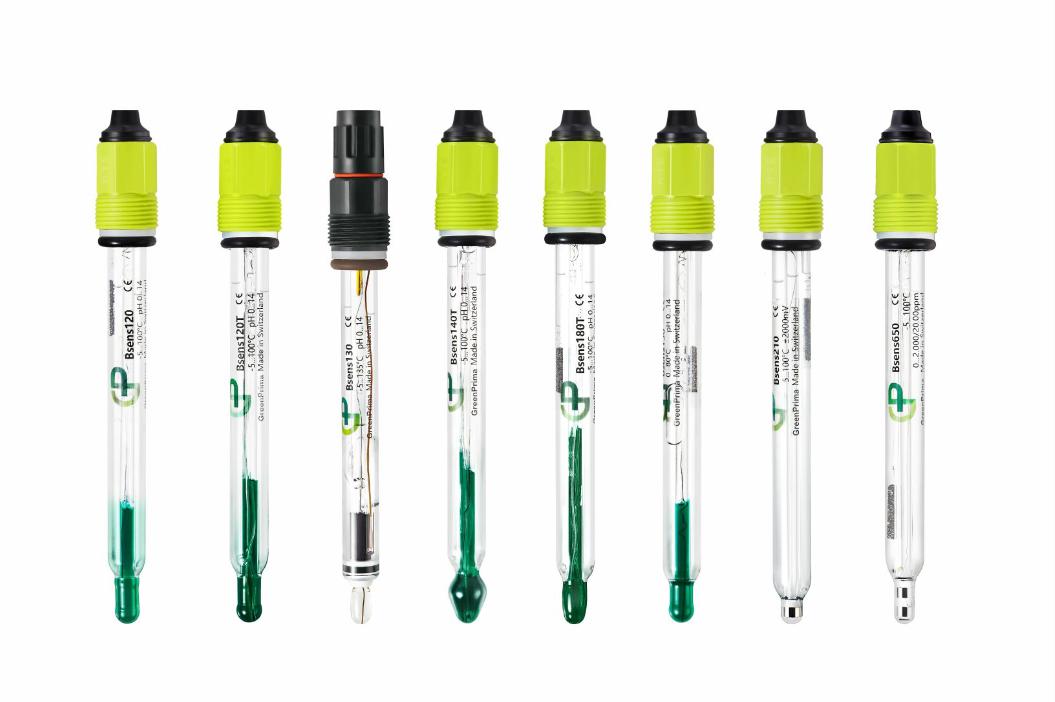The general process for calibration is to use at least two known data points to adjust the pH values associated with the mV output. It is best to choose solution standards that represent the range of measurement expected during sensor use. For example, one solution standard with pH value slightly lower than the minimum expected measurement and another with pH value slightly higher than the maximum expected measurement. This will allow the user to calibrate as accurately as possible. It is common to use pH 7.00 as one buffer solution and then pH 4.01 or pH 10.00 as the other. Adding more data points will increase accuracy.
The majority of meters, controllers, and other types of instrumentation will make this process easy. The typical calibration procedure consists of the following steps:
1. Vigorously stir the electrode in a rinse solution.
2. Shake the electrode with a snap action to remove residual drops of solution.
3. Vigorously stir the electrode in the buffer or sample and allow the reading to stabilize.
4. Take the reading and record known pH value of the solution standard.
5. Repeat for as many points as desired.
The instrument will then automatically determine the correct calibration curve based on the data points it is given. Now your sensor is ready to use!
GreenPrima Bsens series pH electrodes

Bsens120 pH sensor for wastewater and desulfurization
Bsens120T pH sensor for wastewater and desulfurization with temp
Bsens130 pH sensor for high temperature sterilization
Bsens140T pH sensor for pure and ultrapure water
Bsens150 HF-resistant pH sensor
Bsens180T pH sensor for chlor-alkali chemical
Bsens210 Redox sensor